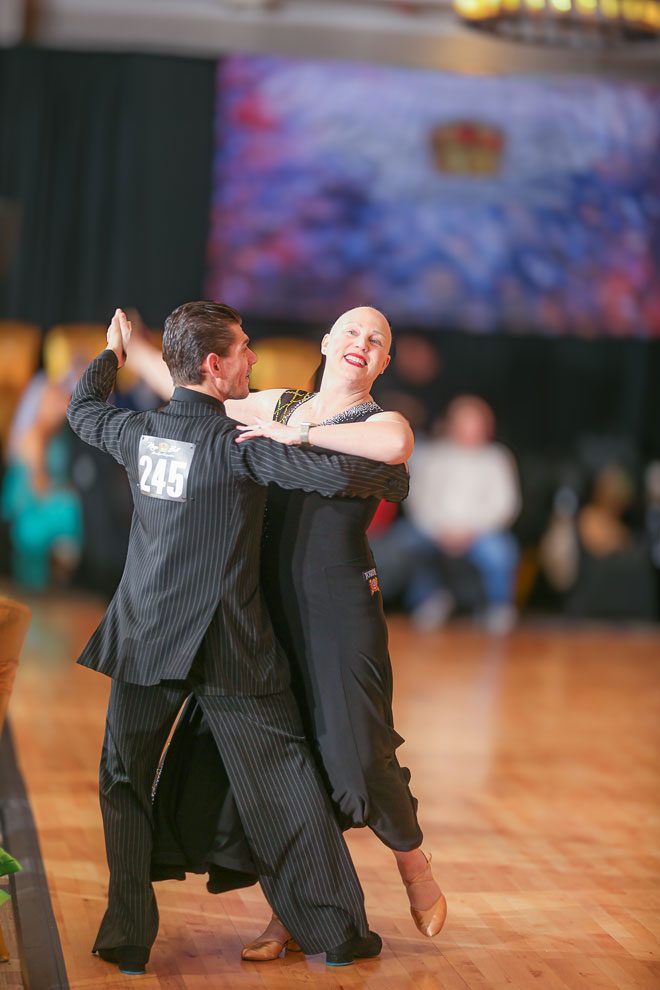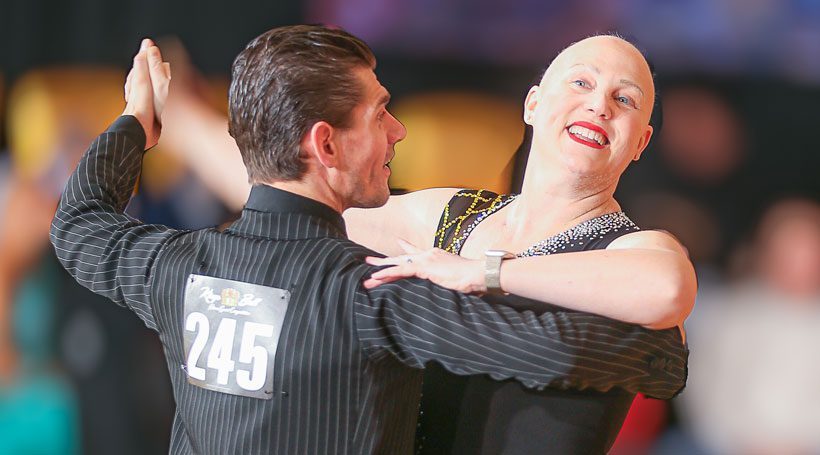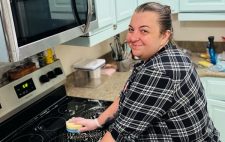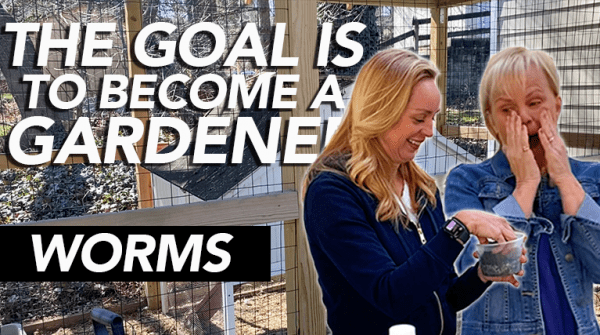
Photo: TjWehrungPhotography
Amy Leis never thought of herself as athletic.
“My favorite sport was library,” she quips. “I was a couch potato – over 200 pounds, totally out of shape. But then I discovered ballroom dancing, and it was like trying on a million different T-shirts and finally finding the perfect one. And once I found it, I never wanted to take it off.”
She had no idea that her newfound passion would do more than transform her body and mind – it would help save her life.
In May 2023, the Moorestown resident went in for a routine mammogram. The results were clear. But she knew that wasn’t enough. “I have dense breasts, and I’d read that mammograms alone don’t always catch everything,” she says. So, as usual, she insisted on an ultrasound. That decision changed everything.
“Ballroom dancing saved me…it gave me something to fight for. It reminded me who I was. Who I still am.”
The scan revealed a tumor in her left breast. A biopsy confirmed it was triple-negative breast cancer – one of the most aggressive forms of the disease. Even more alarming, it had an extremely high replication rate. “If I had waited six more months for my next checkup, I might not be here talking to you right now,” says Leis, a financial advisor who owns her own company, Juno Wealth Management.
She started chemotherapy just weeks later. But even as she braced for the fight of her life, she refused to let cancer take control. Instead, she turned to the thing that made her feel most alive: ballroom dancing.
Leis’ journey into ballroom dancing began in 2019, when she was asked to participate in a charity “Dancing with the Stars”-style fundraiser. Through her involvement with Impact100 South Jersey – a women’s collective giving group – she had become friendly with the event organizer and was more than happy to help raise funds to support Cherry Hill public schools.
But the dancing part? That was another story.
“I had never danced in my life,” she says. Still, it was not completely out of the blue. Her then 9-year-old daughter, Zoe, was taking ballroom dance lessons. Leis asked instructor Tommy Radon to take her under his wing. She quickly got hooked.
 The fundraiser was ultimately canceled when Covid hit, but Leis kept dancing.
The fundraiser was ultimately canceled when Covid hit, but Leis kept dancing.
“The pandemic shut down everything else in my life, but ballroom kept me going,” she says. “It gave me something to focus on, something to improve at. I needed that.”
She danced in her living room over Zoom, her teachers guiding her from the other side of the screen. When restrictions eased, they danced outside. “We were out there in masks and face shields, holding brooms to stay six feet apart,” she says. “It was ridiculous, but I loved it.”
Ballroom wasn’t just exercise for Leis, it redefined how she understood and moved through the world. Diagnosed as an adult with ADHD and sensory processing disorder, she had always struggled with her body’s ability to sense movement and position.
“I’m one of those people who constantly bumps into things – walls, furniture, you name it,” she says. “I don’t always know where my body is in space. But ballroom forced me to be aware of every step, every movement, every connection. It helped me build balance and stability in a way I never had before.”
She trained intensely, lost nearly 50 pounds, and started competing in national Pro/Am ballroom competitions, where amateur dancers compete alongside professional partners. By 2023, she was nationally ranked. She felt healthier and stronger than ever.
And then, cancer.
Leis approached treatment the same way she approached everything else – with determination and a plan. “I literally gave my doctors my competition schedule and said, ‘Figure chemo around this,’” says Leis, 51.
She endured eight rounds of chemotherapy over four months, including four rounds of an aggressive combination of drugs often called the “Red Devil” because of its intense side effects. Though she was spared nausea, she suffered extreme joint and nerve pain, which she believes was heightened by her sensory processing issues.
“Every sensation, every pain, I feel it tenfold,” she explains. “Even losing my hair hurt.”
Still, she kept dancing. “Some days, walking was painful. But dancing? Never. I think the adrenaline and the endorphins just overrode everything else.”
Throughout chemo, she traveled to competitions in Nashville, Boston and Washington, DC. She danced in headscarves because a wig was out of the question, because her sensory processing issues made the feeling unbearable. She also wore a smartwatch to keep track of her heart rate, since chemo required her to stay within a safe range.
The ballroom community rallied around her. Competition organizers adjusted her heat lists so she could take breaks between dances. Fellow dancers, even those she competed against, knitted her hats and sent messages of encouragement. Radon modified routines to accommodate her pain levels, and on days when ballroom was too physically demanding, his wife taught her tap dancing to keep up her strength.
The first time Leis stepped onto the dance floor completely bald, she wasn’t sure how it would feel. “I thought, ‘Okay, this is it. This is who I am now,’” she says. “And you know what? It felt amazing.”
By October, she had finished chemo. In November, she underwent a double mastectomy with no reconstruction and no implants.
“My body rejected the port for chemo, so my doctors worried I’d reject implants too,” she says. “At first, I thought, ‘What is this going to look like?’ But you know what? This is me now. And that’s okay.”
Within weeks of surgery, Leis was back on the dance floor.
Now, a year after her diagnosis, Leis is still competing, and for the first time, she’s publicly sharing her story.
She’s posting about her journey on TikTok, hoping to inspire others, especially women navigating breast cancer. “I want people to know that it’s ok to be flat. It’s okay to look different and still be beautiful and confident,” she says. “I step onto the dance floor, and I feel like myself. That’s what matters.”
She also hopes to encourage others to find their own version of ballroom dancing, something that keeps them moving, physically and emotionally.
“Ballroom dancing saved me,” she says. “Not just because it got me healthy before cancer, but because it gave me something to fight for. It reminded me who I was. Who I still am.”
And now, as she glides across the dance floor, she’s not just performing. She’s reclaiming every step of her journey.















